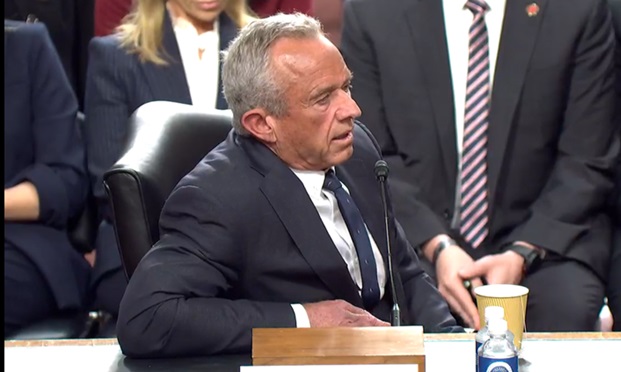It's been a sore spot for the U.S. for years. Despite living in the richest country on earth with the most expensive health care system, Americans are less healthy and live shorter lives than people in a number of countries that spend far less on hospitals, doctors and medicine.
A comprehensive look at the U.S. health care system by the Kaiser Family Foundation and the Peterson Center on Healthcare shows that while the U.S. bests "comparable countries" on a handful of important health care metrics, it lags behind its peers in far more ways.
Among the measures in which the U.S. is a leader in the pack, as of 2013:
-
Mortality rate for breast and colorectal cancers.
-
30-day in-hospital mortality rate for acute myocardial infarction and ischemic stroke.
-
Hospital admission rate for uncontrolled diabetes.
-
Wait time for specialists.
The U.S. performs on par with other first-world nations when it comes to cervical cancer survival rates, in-hospital mortality rates for hemorrhagic strokes.
The list of ways in which the U.S. underperforms, however, is much longer and includes many more general metrics. Here are some of the highlights:
-
Overall mortality rate.
-
Life expectancy at birth.
-
Hospital admission rates for asthma, congestive heart failure, diabetes short term complications.
-
Trauma during vaginal delivery.
-
Use of emergency room for non-emergencies.
-
Wait times for primary care physicians and urgent care.
-
Cost-related access barriers.
Cost-related access barriers to health care is the issue that the study suggests is likely underpinning many of the other problems facing U.S. health. For instance, while 37 percent of Americans reported cost barriers to health care in 2013, only 4 percent of United Kingdom residents said the same.
Blaming costs is certainly nothing new; most other developed countries provide free or near-free care, a fact that has been regularly highlighted by those who have pushed for universal health care policies in recent years here.
The data comes from 2013, before the implementation of the Patient Protection and Affordable Care Act, which has already dramatically dropped the uninsured rate. The brief does not suggest how the PPACA might impact health outcomes in the future.
© Touchpoint Markets, All Rights Reserved. Request academic re-use from www.copyright.com. All other uses, submit a request to [email protected]. For more inforrmation visit Asset & Logo Licensing.






